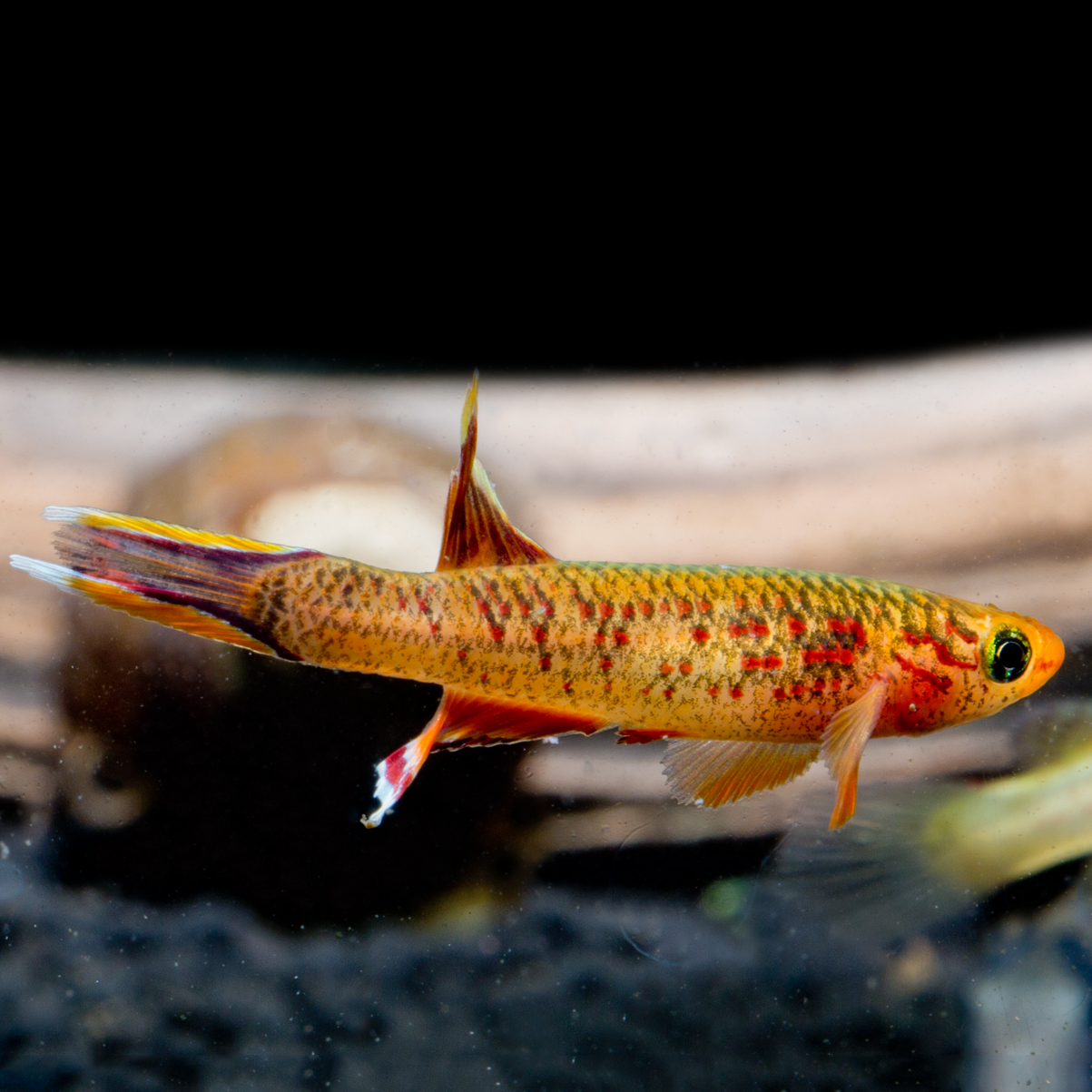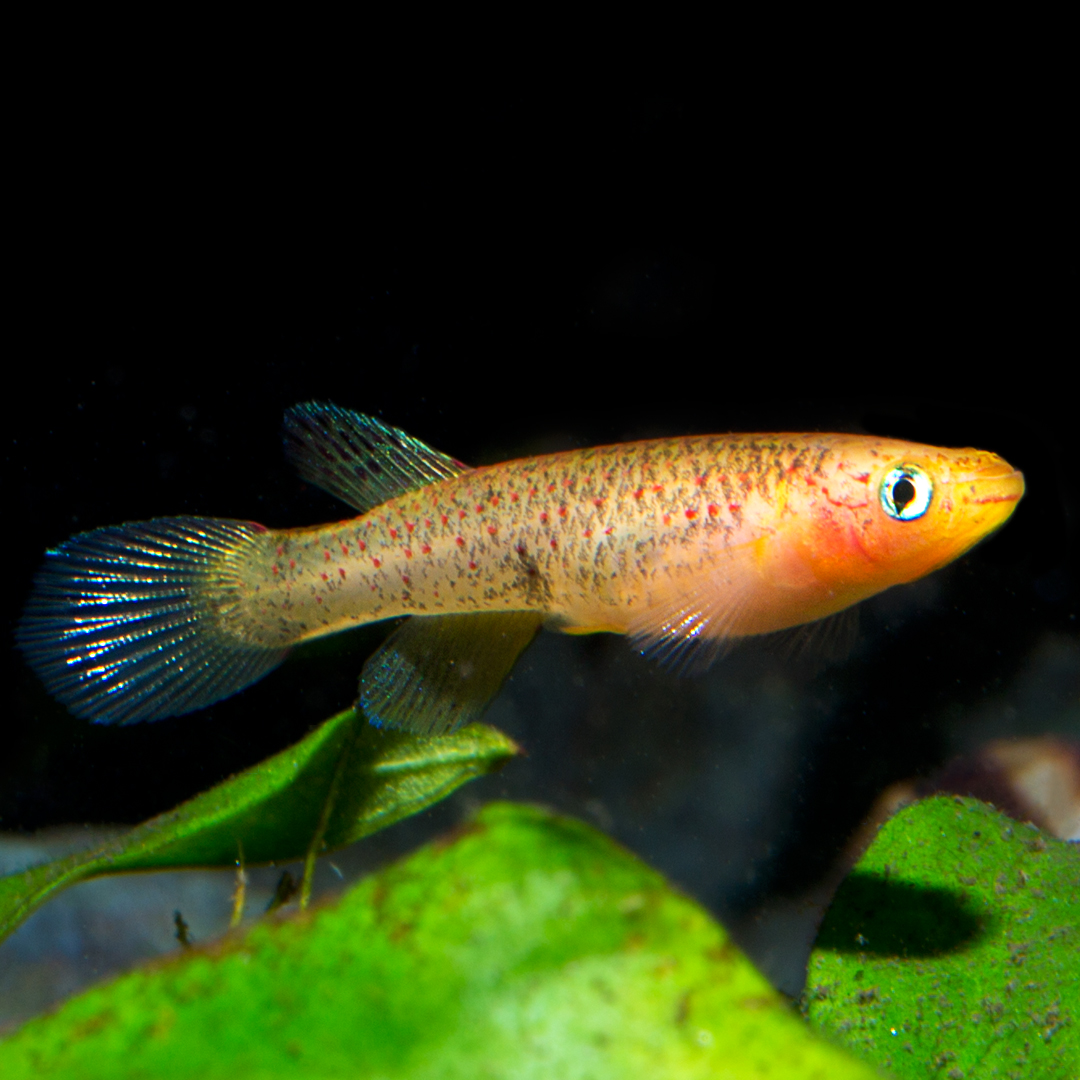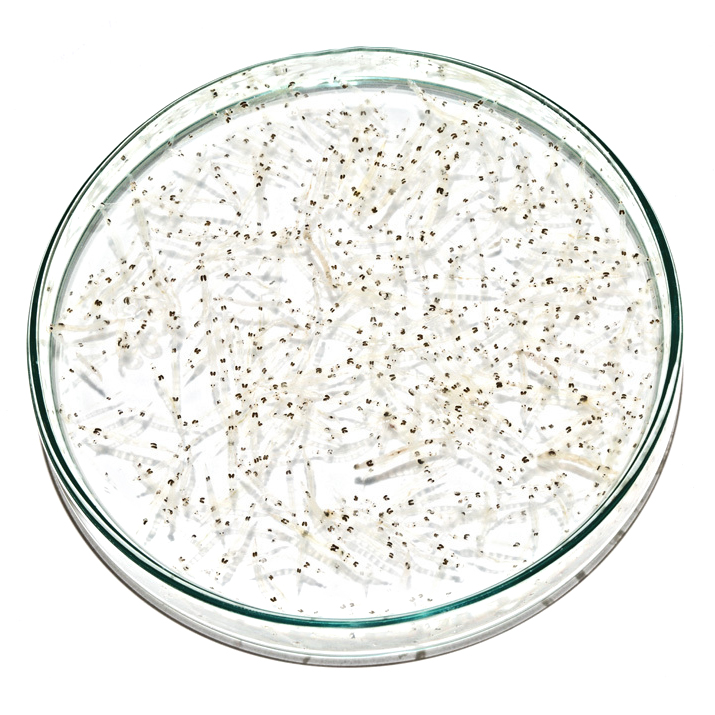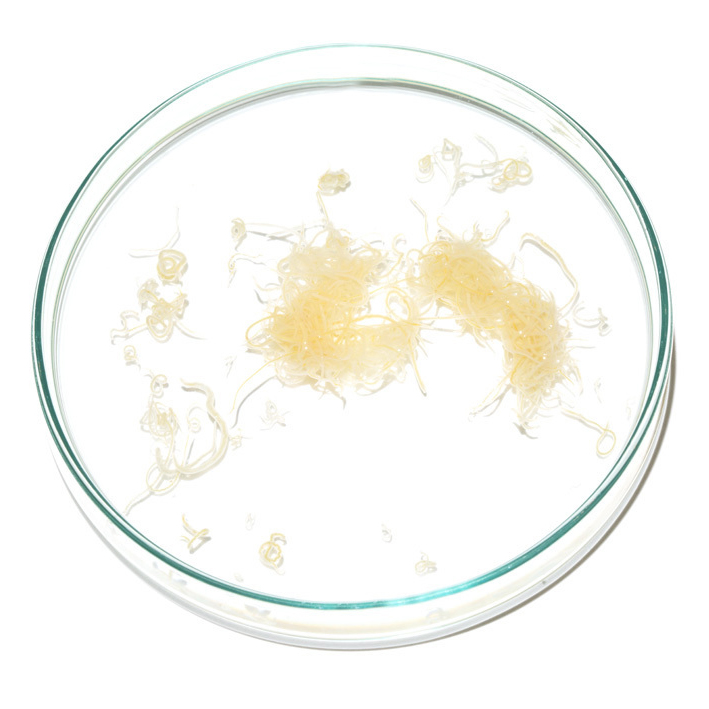Lyretail Panchax
Aphyosemion australe
With its bright colors, the Lyretail Panchax is one of the most beautiful species of its genus.
- magnificent coloring
- interesting courtship behavior
- perennial killifish
Out of stock
Receive in-stock notifications for this.
 Delivery in a few working days
Delivery in a few working days
 Free shipping from €60 across Austria
Free shipping from €60 across Austria





Important data
Product description & details
Aphyosemion australe, also known as the Lyretail Panchax, Golden Lyretail Killifish or Cape Lopez Lyretail, is a killifish from West Africa and is found there from Gabon to southern Congo. Its natural habitat are swamps, small streams and rivers as well as bank areas of larger rivers, which have dense vegetation. In contrast to the annual killifish, whose waters dry out regularly and which therefore only live for about a year, the Lyretail Panchax belongs to the non-annual species. These can be found in waters that do not dry out and reach a lifespan of around 3-4 years. Due to its bright orange body color, the partly blue colored fins and the striking, intense red markings on the body, the Lyretail Panchax is one of the most beautiful species of killifish. The males also have an impressive dorsal fin, which they display during courtship.
Care in the aquarium
The Lyretail Panchax is a relatively undemanding fish that can be kept well in an aquarium with a capacity of at least 60 liters. However, it reacts sensitively to suboptimal water values or strong water fluctuations. It is therefore important to have good water quality, which is achieved through regular water changes and a powerful filter system. The water should be at a temperature of 22-25°C and have a pH value between 6.0 and 7.0. For this species, keeping as a pair or in a harem with several females per male is best suited. If several males are to be kept, the aquarium must be large enough and offer sufficient hiding and escape opportunities, as the males are aggressive towards each other during courtship. Since the fish likes to live in densely planted waters, it is recommended to plant the aquarium densely and to choose a light that is not too bright or to dim it slightly with the help of floating plants. Since Aphyosemion australe, like most killifish, are good jumpers, we also recommend a cover for the aquarium.
Feeding
In nature, the Lyretail Panchax feeds primarily on insects and small invertebrates. In the aquarium it is preferably fed with live and frozen food, but can also be fed with commercially available dry food. It is important to provide a varied diet to ensure the fish receives all the necessary nutrients.
Sexual characteristics and breeding
The genders of the Lyretail Panchax can be easily distinguished based on their fins and body structure. The males are usually more colorful and larger than the females and have longer fins. The females have a slightly rounder body, are more plainly colored and have rounded fins. It is advisable to set up a separate breeding tank for breeding, as the parents can eat the eggs and young fish. The water in the breeding tank should be slightly acidic, soft and clean in order to create optimal conditions for egg laying and to avoid spawning fungus. As a non-anual killifish (substrate spawner), this species lays its eggs on fine-feathered plants or, if available, on spawning mops or fibrous peat. The young fish hatch after 14-21 days and can be fed with fine live food such as microorganisms or Artemia nauplii.









